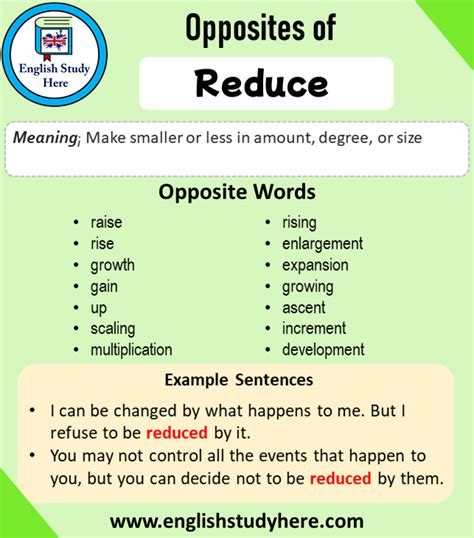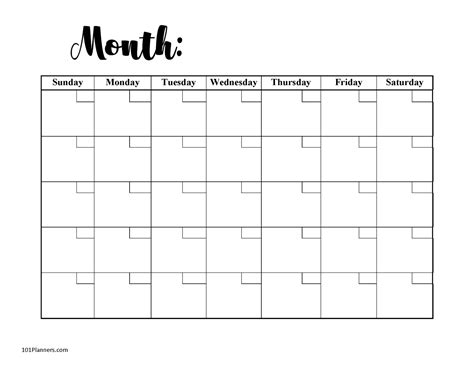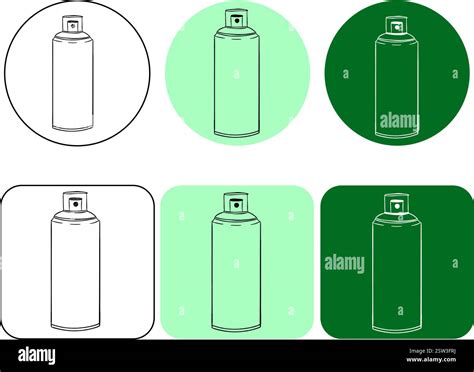How to effectively deload to overcome plateaus and boost performance?

Understanding the Power of a Deload
In the pursuit of continuous strength and fitness gains, many lifters push relentlessly, often forgetting that progress isn’t linear. The concept of ‘deloading’ is an intentional period of reduced training volume or intensity, designed to allow your body to recover from cumulative fatigue, repair tissues, and adapt to the stress you’ve placed upon it. Far from being a sign of weakness, an effective deload is a smart, strategic move that can prevent overtraining, reduce injury risk, and prepare your body for new personal bests.
Ignoring the need for recovery often leads to stagnation, increased fatigue, and a frustrating inability to progress. This is where deloading becomes not just beneficial, but absolutely essential for long-term growth and sustained performance.

Breaking Through Plateaus with Strategic Deloads
One of the most common signs that a deload is necessary is hitting a training plateau. You might find yourself unable to lift heavier, perform more reps, or even maintain your current performance levels. This isn’t always a sign that your training program is flawed; often, it’s your body signaling that it needs a break to consolidate the gains it has made.
Chronic fatigue, particularly of the central nervous system (CNS), can significantly impair your ability to generate force and recover between sessions. A deload provides the necessary break for your CNS to recuperate, restoring neural drive and allowing your muscles to fully repair. By strategically reducing the training stimulus, you give your body a chance to ‘catch up’ with the demands you’ve placed on it, leading to supercompensation and a renewed ability to push harder once the deload is over.

Effective Methods for Implementing a Deload
There isn’t a single ‘right’ way to deload, as it depends on your individual training experience, current fatigue levels, and personal preferences. However, several common methods prove highly effective:
- Reduce Volume: This is arguably the most popular method. Keep the intensity (weight) relatively high (e.g., 70-80% of your working weight) but cut your sets and reps significantly (e.g., half of your usual volume). This maintains technical proficiency without causing further systemic fatigue.
- Reduce Intensity: Lower the weight significantly (e.g., 40-60% of your working weight) while maintaining your usual sets and reps. This allows you to focus on perfect form and reinforce movement patterns without taxing your muscles or CNS excessively.
- Reduce Frequency: Train fewer days during your deload week. If you typically train 4-5 times a week, drop down to 2-3 sessions.
- Active Recovery: Engage in lighter, less impactful activities like walking, cycling, swimming, yoga, or mobility work. The goal is to promote blood flow and aid recovery without adding further stress.
- Complete Rest: For some, especially after a long, intense training cycle or during extreme fatigue, a full week of rest might be the most beneficial approach.
The key is to significantly reduce the overall stress on your body, not eliminate movement entirely unless a full rest is warranted.

When and How Often to Deload
The frequency of deloading is highly individual. A good rule of thumb for most strength athletes is to implement a deload every 4-8 weeks, especially during intense training blocks. However, listen to your body – it will often give you clear signals:
- Persistent Fatigue: Feeling constantly tired, even after a full night’s sleep.
- Decreased Performance: Struggling to hit weights or reps that were previously easy.
- Aches and Pains: Joint pain or muscle soreness that lingers longer than usual.
- Lack of Motivation: Feeling unenthusiastic about going to the gym.
- Sleep Disturbances: Difficulty falling asleep or staying asleep.
- Irritability: Increased stress or mood swings.
If you experience several of these symptoms, it’s definitely time for a deload. Typically, a deload period lasts one week, after which you should feel refreshed and ready to resume your regular training program with renewed vigor.

Maximizing Post-Deload Performance
The true magic of a deload happens when you return to your regular training. After a period of reduced stress, your body is primed for adaptation. You’ll often find that you come back stronger, more energetic, and with improved mental focus. This phenomenon, known as ‘supercompensation,’ is why strategic deloading is a cornerstone of periodized training programs.
To maximize post-deload performance, ensure you ease back into your training gradually. Don’t jump straight into maximal lifts; instead, aim for slightly below your pre-deload personal bests and allow a few sessions to rebuild momentum. This mindful re-entry ensures you capitalize on the recovery benefits without shocking your system back into overtraining.

Conclusion
Deloading is not a sign of weakness or a break from progress; it is an intelligent and necessary component of any effective long-term training plan. By intentionally reducing training stress, you provide your body with the opportunity to recover, adapt, and strengthen, allowing you to smash through plateaus and consistently boost your performance. Embrace the deload, listen to your body, and watch your strength and fitness continue to climb.








